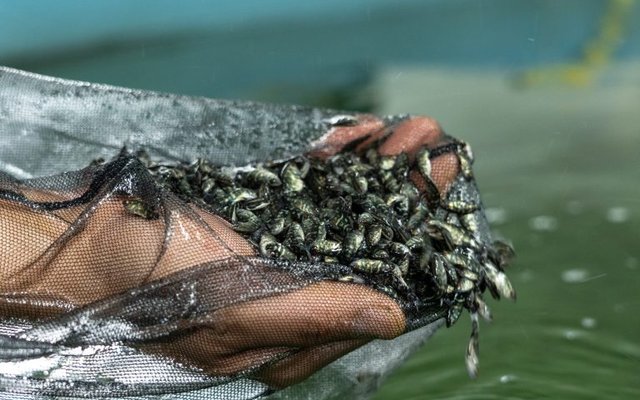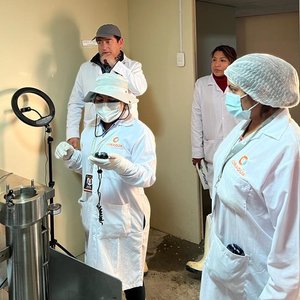Barramundi producer, MainStream Aquaculture, and Opal, an Australian paper and packaging group, received a $30 million grant to develop the world’s largest indoor bio-secure aquaculture facility for growing and processing sustainable Australian barramundi, in the Latrobe Valley, Victoria, Australia.
The cutting-edge $125 million aquaculture project would create a new industry sector for the region, supporting high value, skilled jobs and opportunities for sustainable growth into the future. Co-located at Opal Australian Paper’s Maryvale Mill, MainStream Aquaculture would design and operate the state-of-the-art facility, which would grow and process more than 3,700 tonnes of premium barramundi for the Australian market annually.
The collaborative partnership with MainStream Aquaculture provides the project with a significant competitive advantage. Locating the aquaculture facility adjacent to the Maryvale Mill, means leveraging complementary resources and infrastructure, providing direct access to a wide range of services such as heating, water treatment, energy and transport infrastructure.
The confirmation of government funding support is a major step forward for the aquaculture project. Opal and MainStream Aquaculture will now move into the final development pathway including detailed facility design, regulatory and Board approvals.
Boris Musa, MainStream Aquaculture’s CEO, said, “we welcome the opportunity to participate in an innovative business initiative in such a critical industry. Using efficient and sustainable technology for primary food production has significant merit. In addition to its world-class environmental credentials, barramundi aquaculture has the potential to transform socially and financially the local community by developing a new aquaculture precinct in the region.”













